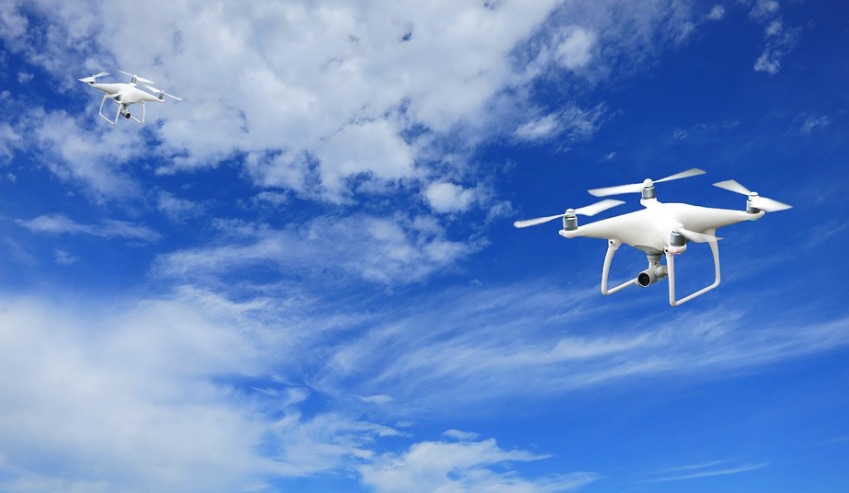The Defence Materials Technology Centre (DMTC) has commenced work on a project aiming to improve the speed, safety and fuel consumption of Navy vessels.
The $1.1 million project will look to make the improvements through better use of unmanned aerial platforms.
Minister for Defence Industry Christopher Pyne said the new project aims to enhance the Australian defence capability and build industrial capacity in sensor and on-board data processing technology for unmanned aerial systems and small-satellite platforms.
"This project aims to develop miniaturised, high frequency sensor systems for deployment on cubesats and other unmanned aerial platforms, advancing passive radar technologies related to the processing of both line-of-sight and reflected GPS signals in real time," Minister Pyne said.
"The initial application of this technology could enable Defence to deploy unmanned aerial vehicles to accurately estimate sea-state conditions, leading to improved safety, speed and fuel consumption for Navy vessels."
The project is the first of four to be progressed under DMTC’s High Altitude Sensor Systems program, launched by Minister Pyne last September, and involves new DMTC partners Seaskip and UNSW Sydney’s Australian Centre for Space Engineering Research (ACSER).
Minister Pyne said DMTC’s model relies on the active involvement of every partner, encompassing industry companies with an appetite for research and development, brilliant researchers and a clear signal that the collaboration will address a Defence need.
"Defence’s ongoing involvement through a senior stakeholder group gives the end customer for this activity an awareness of promising new technologies and an opportunity to play their part in promoting the growth of an emerging industrial base," he said.
"The DMTC model makes every dollar invested by the government go further."
Under DMTC’s co-investment model, funding provided by government agencies, in this case CSIRO, is leveraged by contributions of cash and resources from industry and research partners.









